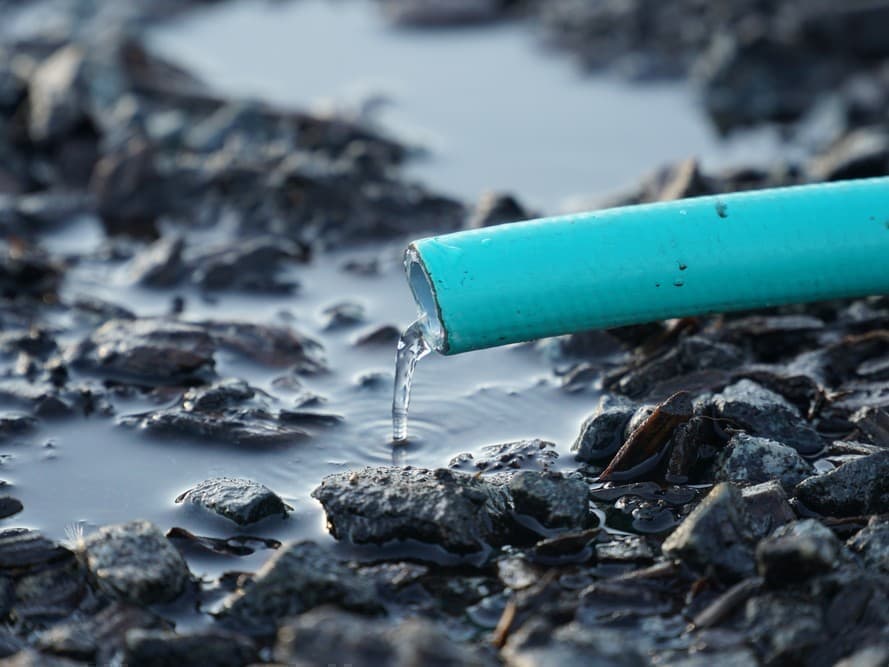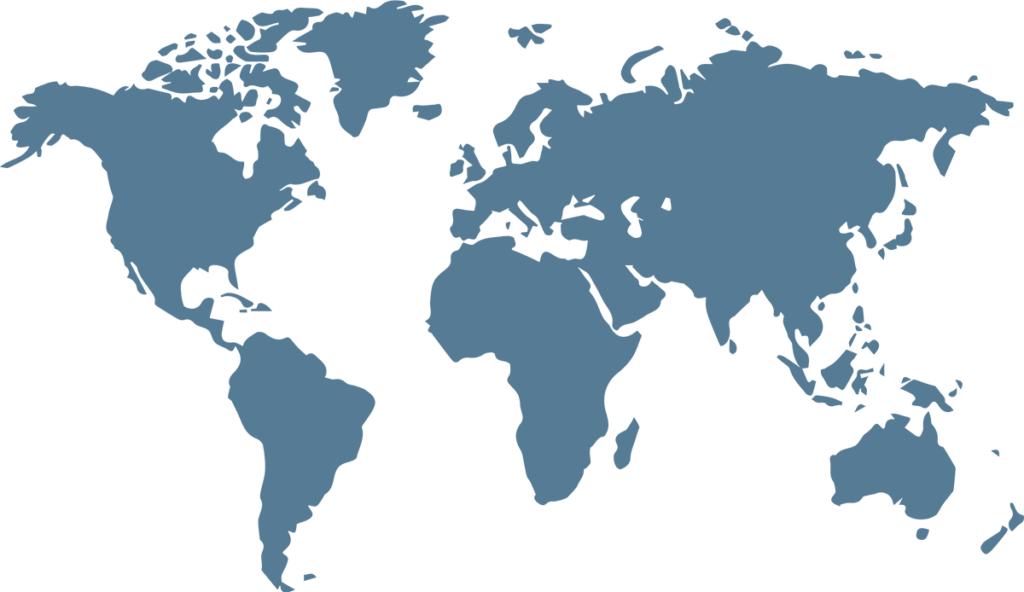Recently, Radio Free Europe/Radio Liberty reported the progress of Afghanistan’s Qosh Tepa Irrigation Canal, $670 million, 285-kilometer canal to irrigate 550,000 hectares of land by diverting 25% of the flow of the Amu Darya River.
Irrigating northern Afghanistan has been a priority for Kabul since Afghanistan’s first president, Mohammad Daud Khan, planned the canal in the 1970s. The Amu Darya, which is Afghanistan’s border with Tajikistan, Uzbekistan, and Turkmenistan, originates in the Hindu Kush and Wakhan in the Pamir Highlands of Afghanistan, and flows 2,540 kilometers to the Aral Sea, between Uzbekistan and Kazakhstan.
In 2018, the U.S. Agency for International Development announced a feasibility study for the canal, but NATO evacuated the country before the study was complete. The Taliban resumed the project in March 2022 and has completed about 100 kilometers of the canal. The Taliban claim the canal will help ensure food security and will benefit farmers, many of them their Pashtun supporters who will migrate to the area, which is mostly inhabited by ethnic Uzbeks and Tajiks.
Uzbekistan and Turkmenistan, which could lose 15% of irrigation water from the Amu Darya, addressed their concerns to the Taliban, and haven’t commented on the negotiations. But the Taliban claimed Tashkent’s envoy said Uzbekistan was “ready to work with the Islamic emirate (the Taliban-ruled Afghanistan) through technical teams in order to maximize the benefits of the Qosh Tepa canal project.”
Uzbekistan’s concern is the health of the cotton industry, and the impact on water-stressed Karakalpakstan, an autonomous republic of Uzbekistan that was the scene of disturbances in July 2022 when the government announced a constitutional amendment to eliminate Karakalpakstan’s autonomy. The change was withdrawn after unrest that saw 18 killed and hundreds wounded.
The existing agreement on sharing Amu Darya water is the 1996 Almaty Agreement signed by the Central Asian republics, but not Afghanistan. The Agreement retains the water allocation quotas established by the Soviets, and Turkmenistan, Uzbekistan, Tajikistan, and Kyrgyzstan consume more than 80% of the river’s water. The republics have established modalities to manage the Amu Darya, but Afghanistan is not included. The Taliban say they will responsibly use the water to the benefit of all, though they probably privately feel that the other states got the advantage of 100% of the water for several decades and now it is Afghanistan’s turn to take what it feels it is due.
What can the Central Asian republics do?
Not much; Afghanistan is the head of the watercourse, and it is not a signatory to the UN Convention on the Protection and Use of Transboundary Watercourses and International Lakes (adopted in 1992). But offering Kabul formal participation in a water sharing arrangement will give the Taliban what it craves – legitimacy. According to the Food and Agriculture Organization, Central Asia has a high level of water stress and the World Bank reports, “many as 22 million people in Central Asia – nearly one-third of the region’s population – lack access to safe water.”
Uzbekistan and Turkmenistan can make solo deals, but why not use the Interstate Commission for Water Coordination of Central Asia (ICWC) to negotiate an arrangement with the Taliban? The Commission was formed in 1992 by the newly independent Central Asian republics with the mission of “the adoption of principles of collective decision making on common water-related issues” and it recognizes that water is a “limiting factor in development.”
The Commission operates on the basis of “equity, equality and consensus” and its decisions are binding. It has decades of water management experience that it can share with Afghanistan. Engaging with the Commission, perhaps as an observer, will start to introduce the Taliban to the governing structures of the region, and is an opportunity to make its case to the neighbors – an audition on the most important issue, access to water.
If the Taliban negotiates in bad faith, some options are to stop (or renegotiate) selling electricity to Afghanistan which imports 80% of its power from Uzbekistan, Turkmenistan, Tajikistan, and Iran; route surface freight traffic via Iran and the International North-South Transport Corridor which will allow connections to Russia, the Caspian region, the markets of the southern Persian Gulf, and India; attach additional conditions to the Turkmenistan–Afghanistan–Pakistan–India (TAPI) natural gas pipeline; and increase counter-narcotics activity and cooperation among the republics and with Europe, Russia, the U.S., Iran, China, and Pakistan.
The Taliban is reportedly financing the canal with sales of coal to Pakistan, but coal prices are expected to decline by 42% in 2023 according to the World Bank. In August,
Afghanistan’s Ministry of Mines and Petroleum announced a significant reduction in the royalties and customs duty for coal, so falling revenue may slow the project.
And, after the canal is complete, comes the Dasht-i-Jun hydroelectric complex. The filling volume of the dam will take most of the summer flow of the Pyanj River, a tributary of the Amu Darya River, harming agriculture in Tajikistan which, ironically, just joined a sustainable cotton initiative. Thus, the Talban will control the lion’s share of Central Asia’s transboundary waters.
How will the U.S. react to increased Taliban engagement with the Central Asian republics? Though Washington will sympathize with the republics, Central Asia is not a priority as it is busy with a war in Ukraine and preparing for conflict with China. That said, America needs to make good on its declared policy of supporting the “security, development, and prosperity” of the republics.
What Washington can do:
- Don’t obstruct negotiations between the republics and the Taliban, even if it gives the Taliban a momentary fillip. There’s no better way to publicly prove malign intent than to oppose food security.
- Support water resource management projects by the World Bank, the Asian Development Bank, and UN-Water.
- Provide information and tools to the republics, such as the collaboration between the National Geospatial-Intelligence Agency and the College of William & Mary that provided a detailed report on Afghanistan’s water management under the Taliban.
- Yasmina Ashurova is a third-year student at the University of World Economy and Diplomacy in Tashkent, Uzbekistan, specializing in International Economics, and works at Joint-Stock Commercial Bank “Agrobank.”
Source : Oil Price


